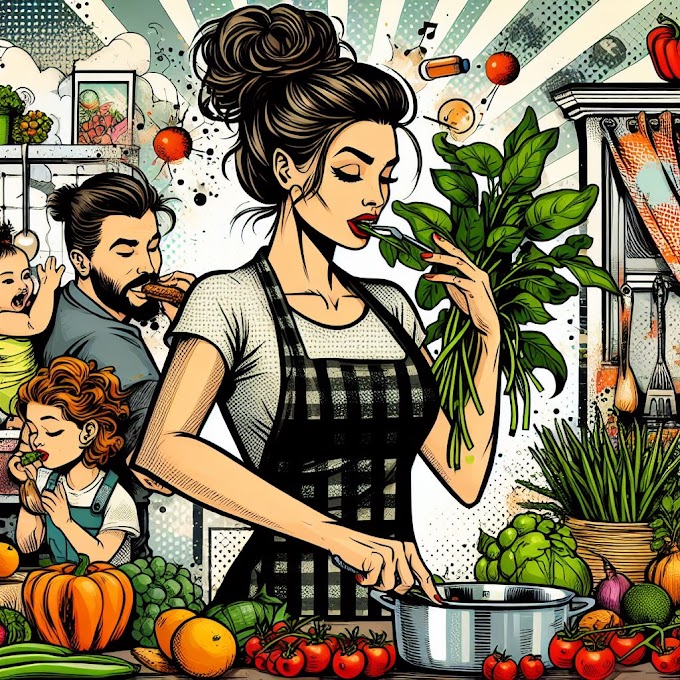Mastering Culinary Safety: A Dive into Food Safety Tips

1. The Power of Cleanliness: The foundation of safe cooking lies in maintaining a clean kitchen. Regularly wash your hands with soap and warm water before handling any food items. Utensils, cutting boards, and countertops should undergo frequent cleaning to prevent cross-contamination.
2. Temperature Precision: Cooking is a science, and precision matters. Invest in a reliable food thermometer to ensure meats are cooked thoroughly. Follow FDA guidelines for safe cooking temperatures to eliminate harmful bacteria and guarantee a safe culinary experience.
3. Smart Storage Practices: Refrigeration is your ally in preserving freshness. Refrigerate perishable foods promptly to slow bacterial growth. Familiarize yourself with storage guidelines to maintain the quality and safety of your ingredients.
4. Leftovers, Handled with Care: Leftovers can be a delightful extension of a great meal, but proper handling is key. Refrigerate them promptly and reheat with caution, ensuring the internal temperature reaches a safe level.
5. The Vigilance of Expiry Dates: Before embarking on your culinary adventure, inspect the expiration dates on your ingredients. Freshness ensures both taste and safety.
6. Cross-Contamination Defense: Keep raw meats away from ready-to-eat items. Designate separate cutting boards and utensils for raw and cooked foods to minimize the risk of cross-contamination.
Remember, knowledge is power. For authoritative information, explore the FDA's Food Safety guidelines. Additionally, for accurate and up-to-date information on home canning, visit the National Center for Home Food Preservation, which offers a wealth of resources, including the USDA Complete Guide to Home Canning.
















